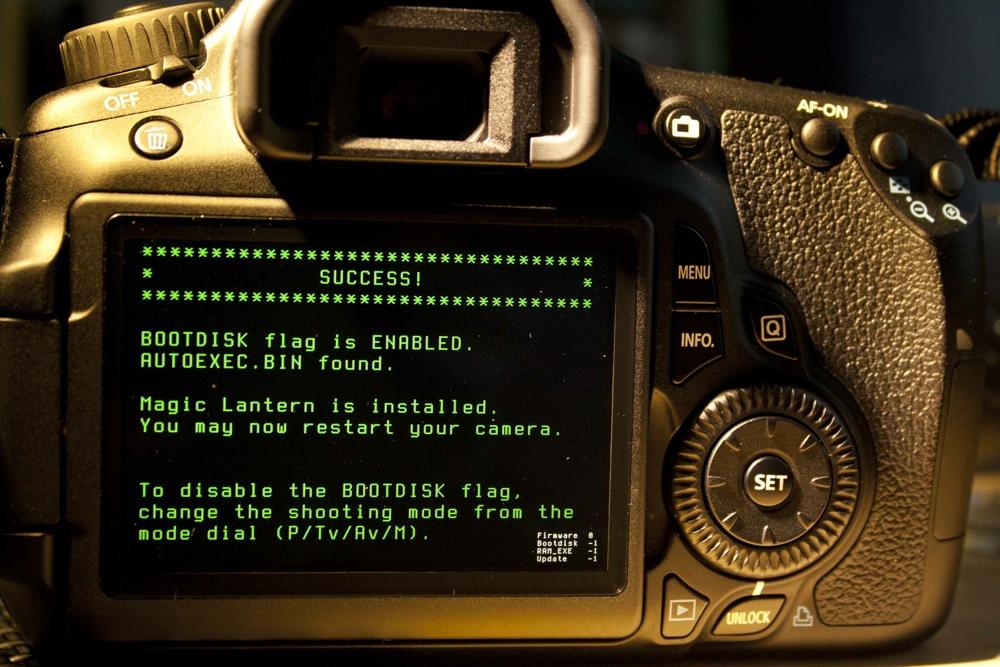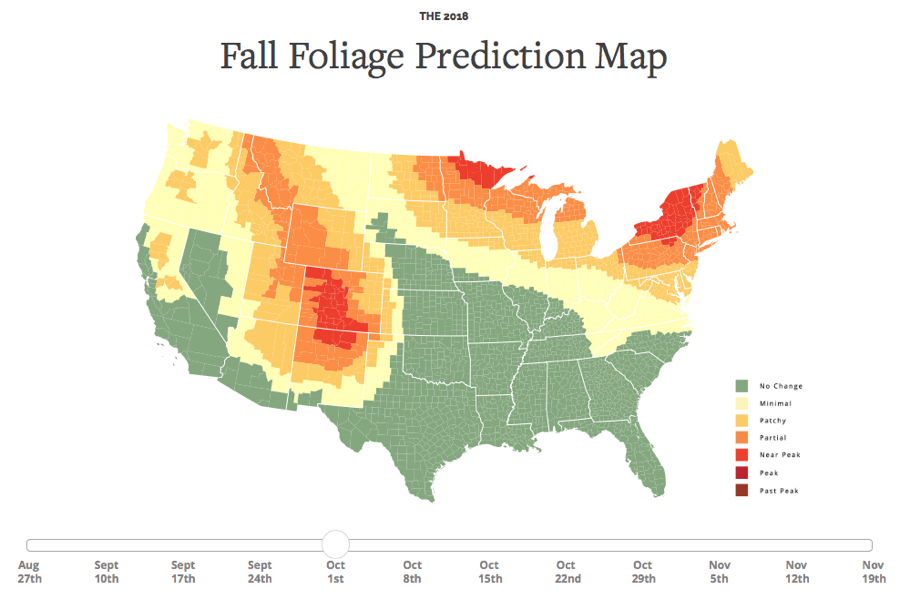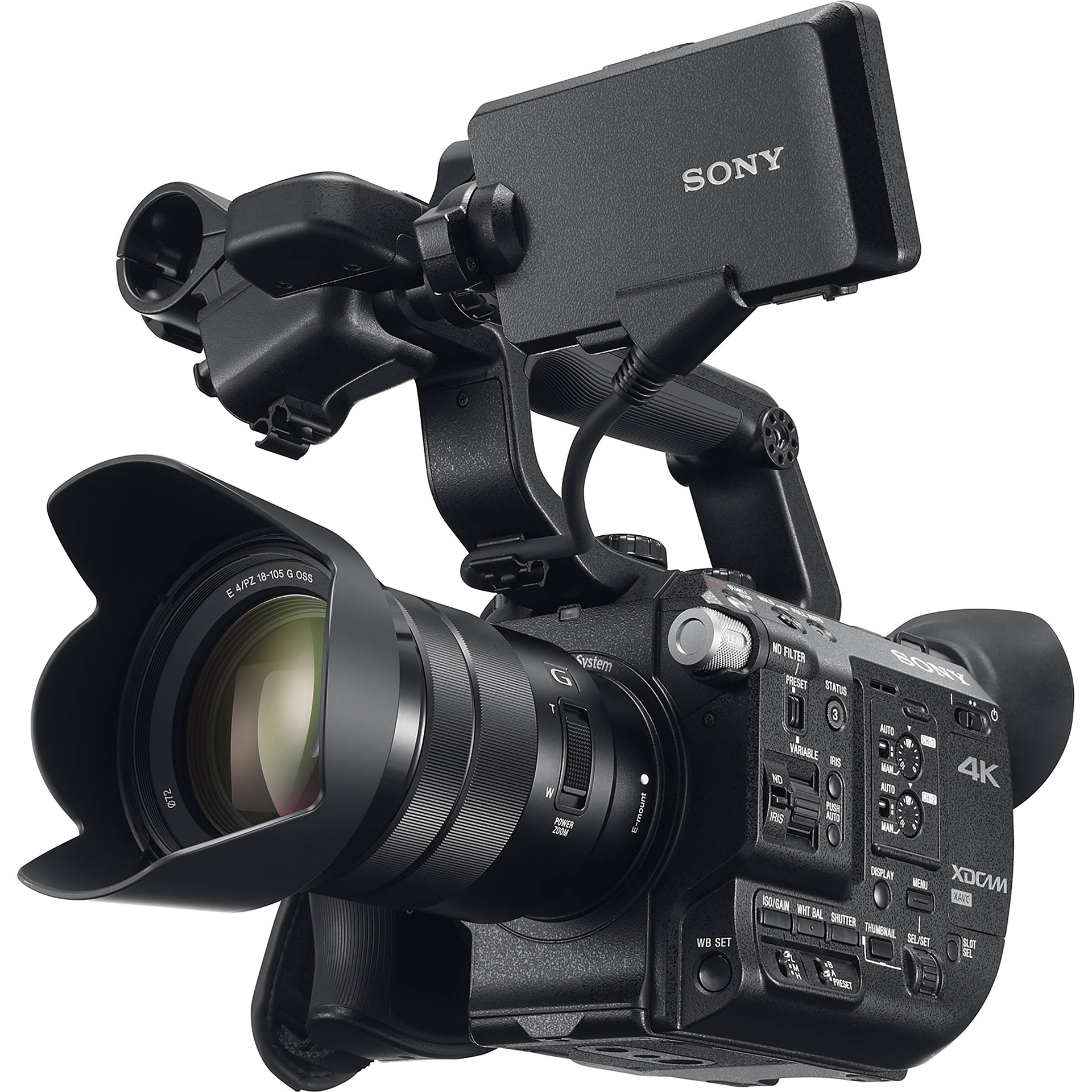

One of the interesting things to have emerged in recent years is the phenomenon of the camera ‘hack.’ First, it is important to determine its meaning.  From the1960s, hacking was the term used to describe what talented computer programmers could do – they could hack out code. Nowadays, it has gone on to mean any illicit programming activity, no matter how small, from compromising security on computers to making devices do things that the manufacturer did not intend. Gabriola bold font. It is this latter use of the term that is relevant in this week’s column.
From the1960s, hacking was the term used to describe what talented computer programmers could do – they could hack out code. Nowadays, it has gone on to mean any illicit programming activity, no matter how small, from compromising security on computers to making devices do things that the manufacturer did not intend. Gabriola bold font. It is this latter use of the term that is relevant in this week’s column.
Jan 29, 2019 This approach led to improved effectiveness, as there were similarities in the firmware used between different cameras that made it easier to understand what was going on.
The first widespread camera hack was the ‘Canon Hack Development Kit’ (CHDK, visit ), which started back in 2009. This exploited the mechanism that Canon provided for users to load new firmware onto their cameras. By examining the data in the firmware download, hackers could discover the type of computer chips that the cameras were based on, and from the data sheets for the computers they could identify much of the way in which the camera worked. Then they started writing their own software for the camera, adding new functions that they wanted in their cameras. They gave raw file and video capability to cameras that didn’t have it, remote-control facilities and the ability to control the camera via scripts (small pieces of high-level software). From CHDK came ‘Magic Lantern’ ().

This was directed specifically at motion picture usage (I differentiate from ‘video’ intentionally), adding to Canon camera facilities that would be useful to filmmakers, moving them closer to professional cinema cameras. Video has been a potent driver for camera hacking.
A well-known camera hack is Vitaliy Kiselev’s ‘Ptool’ (). Ptool is a piece of software that can modify Panasonic firmware images, allowing new facilities to be added to the firmware. Rather than a complete package of enhancements, such as those found with CHDK or Magic Lantern, Ptool is used to add selected functions to the firmware, and there are a number of specific packages available with it. One of its most popular applications has been to increase the video data rate with the GH-series cameras, providing better video quality than that which Panasonic originally provided. Initially, Panasonic tried to stop the use of Ptool, until it became clear that its use was increasing the firm’s sales.
Vitaliy Kiselev was also behind the Nikon Hack () – unsurprisingly structured in a similar manner to Ptool and called ‘Nikon Patch’. The Nikon Hack was very much video-based, trying to relieve some of the specification weaknesses that Nikon cameras had with respect to video. There’s one thing worth noting about all the various hacks mentioned here: they will void your camera’s guarantee, so, if they fail, you are on your own. Manufacturers do not generally approve of them, and recently Canon has taken measures to prevent Magic Lantern from functioning on some of its cameras. To me, this seems strange, because the new capability enhances sales.
I would think that a more measured approach would be to open up the camera’s application programming interface and enable a market in certified and quality-controlled camera apps, similar to that with mobile phones. Bob Newman is currently Professor of Computer Science at the University of Wolverhampton. He has been working with the design and development of high-technology equipment for 35 years and two of his products have won innovation awards. Bob is also a camera nut and a keen amateur photographer.
- Author: admin
- Category: Category
Search
New Pages
- Dkz Studio 0 91bnb
- Newblue Fx Keygen Download
- Audiorealism Bassline 2 Keygen
- Blambot Custom Font Pack
- Warhammer 40k 3d Files Stl Mugshots
- Rihanna Rehab Instrumental Free Download
- Programma Dlya Sostavleniya Raspisaniya V Vuze
- Seventeen Ayah Mp3 Download Free
- Fl Studio 9 Full Version Free Download Torrent
- Rihanna Rude Boy Remix Feat 50 Cent Mp3 Download
- The Leftovers Tom Perrotta Pdf Download
- Windows Xp Sweet 62 Final Iso
- Trapcode Particular 21 Free Download Cs6

One of the interesting things to have emerged in recent years is the phenomenon of the camera ‘hack.’ First, it is important to determine its meaning.  From the1960s, hacking was the term used to describe what talented computer programmers could do – they could hack out code. Nowadays, it has gone on to mean any illicit programming activity, no matter how small, from compromising security on computers to making devices do things that the manufacturer did not intend. Gabriola bold font. It is this latter use of the term that is relevant in this week’s column.
From the1960s, hacking was the term used to describe what talented computer programmers could do – they could hack out code. Nowadays, it has gone on to mean any illicit programming activity, no matter how small, from compromising security on computers to making devices do things that the manufacturer did not intend. Gabriola bold font. It is this latter use of the term that is relevant in this week’s column.
Jan 29, 2019 This approach led to improved effectiveness, as there were similarities in the firmware used between different cameras that made it easier to understand what was going on.
The first widespread camera hack was the ‘Canon Hack Development Kit’ (CHDK, visit ), which started back in 2009. This exploited the mechanism that Canon provided for users to load new firmware onto their cameras. By examining the data in the firmware download, hackers could discover the type of computer chips that the cameras were based on, and from the data sheets for the computers they could identify much of the way in which the camera worked. Then they started writing their own software for the camera, adding new functions that they wanted in their cameras. They gave raw file and video capability to cameras that didn’t have it, remote-control facilities and the ability to control the camera via scripts (small pieces of high-level software). From CHDK came ‘Magic Lantern’ ().

This was directed specifically at motion picture usage (I differentiate from ‘video’ intentionally), adding to Canon camera facilities that would be useful to filmmakers, moving them closer to professional cinema cameras. Video has been a potent driver for camera hacking.
A well-known camera hack is Vitaliy Kiselev’s ‘Ptool’ (). Ptool is a piece of software that can modify Panasonic firmware images, allowing new facilities to be added to the firmware. Rather than a complete package of enhancements, such as those found with CHDK or Magic Lantern, Ptool is used to add selected functions to the firmware, and there are a number of specific packages available with it. One of its most popular applications has been to increase the video data rate with the GH-series cameras, providing better video quality than that which Panasonic originally provided. Initially, Panasonic tried to stop the use of Ptool, until it became clear that its use was increasing the firm’s sales.
Vitaliy Kiselev was also behind the Nikon Hack () – unsurprisingly structured in a similar manner to Ptool and called ‘Nikon Patch’. The Nikon Hack was very much video-based, trying to relieve some of the specification weaknesses that Nikon cameras had with respect to video. There’s one thing worth noting about all the various hacks mentioned here: they will void your camera’s guarantee, so, if they fail, you are on your own. Manufacturers do not generally approve of them, and recently Canon has taken measures to prevent Magic Lantern from functioning on some of its cameras. To me, this seems strange, because the new capability enhances sales.
I would think that a more measured approach would be to open up the camera’s application programming interface and enable a market in certified and quality-controlled camera apps, similar to that with mobile phones. Bob Newman is currently Professor of Computer Science at the University of Wolverhampton. He has been working with the design and development of high-technology equipment for 35 years and two of his products have won innovation awards. Bob is also a camera nut and a keen amateur photographer.
Search
New Pages
- [SIDEBAR_ITEM]
- [SIDEBAR_KEY] [/SIDEBAR_ITEM]